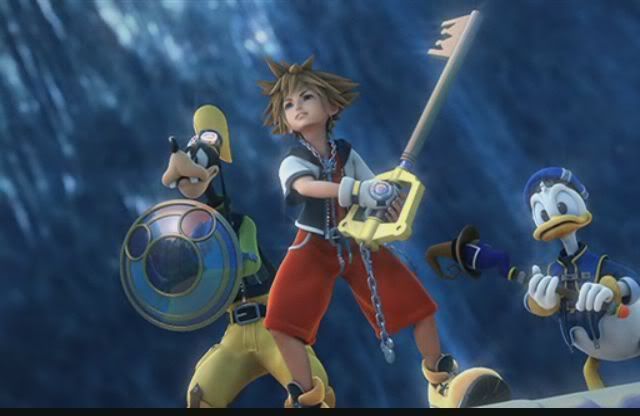Sam, Austin, Jaehoon
Gareth Hinds retells the epic tale of Beowulf’s adventures in a novel way with his graphic novel, Beowulf published in 1999. For anyone who has read the epic poem, the story is nothing new; the brave, super-human Beowulf shows up to Denmark promising to save the day from the evil Grendel, boasts a bit in the great hall before he does, and then kills both Grendel and his mother. All of this makes him extremely rich and famous, so much so that he becomes a nobleman, and through the death of every single other noble in the country during a war, becomes the king. For fifty years, everything is peaceful, until someone angers a dragon while stealing from its treasure horde. The dragon then begins to ravage Beowulf’s Kingdom and Beowulf defeats it in his final battle. Critiquing the story itself would be unfair, as it is not Gareth Hinds’ in the first place; he is simply telling it through a different medium. It is therefore necessary to examine and analyze the methods and techniques used to tell it.
One of the advantages graphic novels have over other print media is the availability of the image to convey emotions, mood, and smaller details more subtly than written work often does. Different colors or shading can make a scene feel ominous, hopeful, happy, or a variety of other feelings. Gareth Hinds uses this throughout the novel very well, conveying emotions and feelings of bleakness, danger, fear, and weariness through the tones and colors of the panels. In the first “book” of his adaptation, his fight between Beowulf and Grendel, the colors are the most saturated, and the whole battle is tinted red. At this point, Beowulf is young, and eager for battle, which he seems to get a sort of high from. The red tint of the pages with the battle heightened the tension, and made the scene more exciting as a whole. On the other hand, the second battle seemed much darker and frightening. By the time the battle is over, the color is fading, which makes Beowulf seem worn. The third and final book, which contains the battle with the dragon, is painted in gray-scale, which enhances the worn out, tired feel of Beowulf. Hinds’ use of color and tone adds depth to work and the story as a whole.
Another major part of Hinds’ work was the layout he used throughout the novel. As with the color and shading, he varied them between the three books. The first book was somewhat disorganized at some points, such as the boasts of the sea monsters. However, it was still easy to tell what was going on. The second book, on the other hand, was very disorganized and difficult to comprehend sometimes. This stark difference between the two helped to show the difference in how Beowulf felt. He goes from the confident hero to a worried man who was fighting out of necessity. In the final book, when Beowulf confronts the Dragon, everything is very orderly, including the battle. This is in contrast to the first two fights, which shows some sort of emotion or rush during conflict. Beowulf does not seem care about, enjoy, or experience any sort of emotion in his encounter with the Dragon. It is as though he has grown weary of battle and ruling his kingdom, and his duties are more of a burden than anything else. While Hinds does not depict emotion in Beowulf directly, how his organizes the panels in the novel forces the reader to experience certain emotions. These emotions in turn help the reader understand the emotions that Beowulf was experiencing. This use of the layout by Hinds’ added a definite layer of depth to his adaptation of Beowulf, which greatly improved the story.
Gareth Hinds’ graphic novel took a story which has been told time and time again through various media, and still managed to make it a new experience. His use of color and tone set the novel apart from other retellings of Beowulf, by conveying emotions that were not otherwise shown. Moreover, his manipulation of the work’s layout provided a deeper sense of this emotion without directly showing it, in a way that only graphic novels can. He has shown an understanding of the medium through which he writes, and will hopefully continue to produce works of parallel, or even greater, quality. The trio travel among the new worlds, searching for Sora’s friends and the King, along the way learning more about the ominous goals of the Heartless and the notorious Disney villains who plan to take control of it. At the manga’s gripping conclusion, Sora finds both Riku and Kairi, but in moments lost them yet again. The King also remains at large, and the bewildered three companions must wait until the sequel to continue their search into even newer worlds.
The trio travel among the new worlds, searching for Sora’s friends and the King, along the way learning more about the ominous goals of the Heartless and the notorious Disney villains who plan to take control of it. At the manga’s gripping conclusion, Sora finds both Riku and Kairi, but in moments lost them yet again. The King also remains at large, and the bewildered three companions must wait until the sequel to continue their search into even newer worlds.


